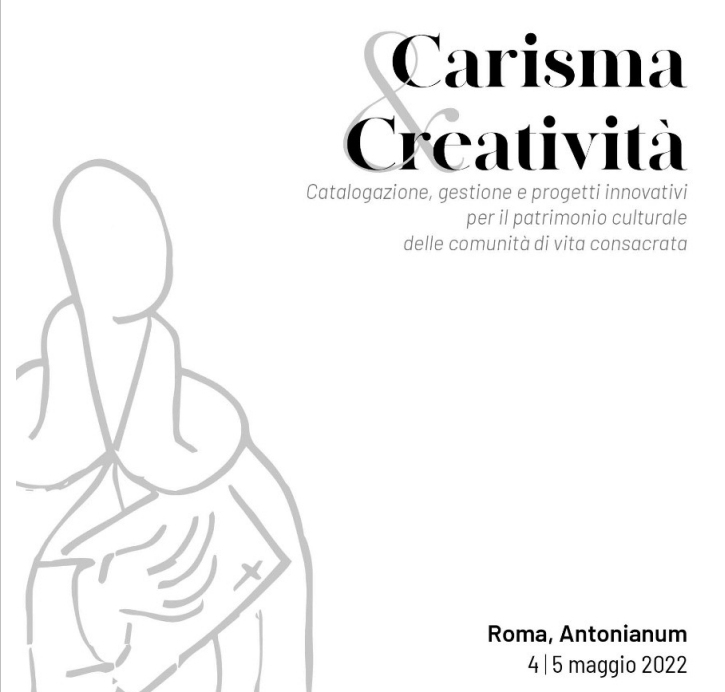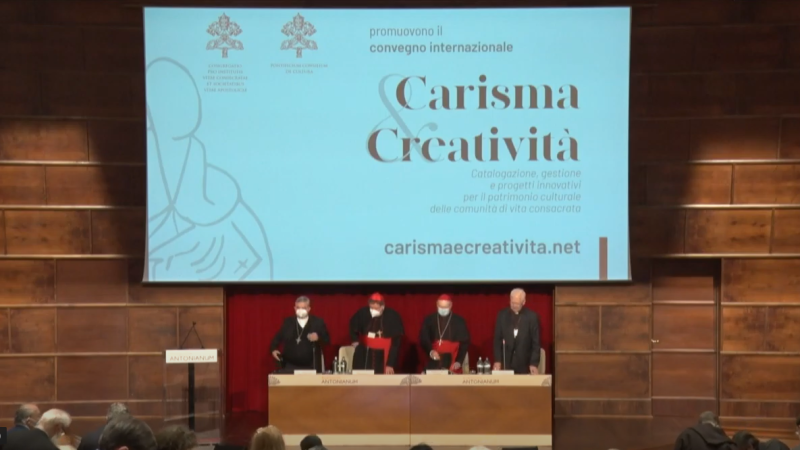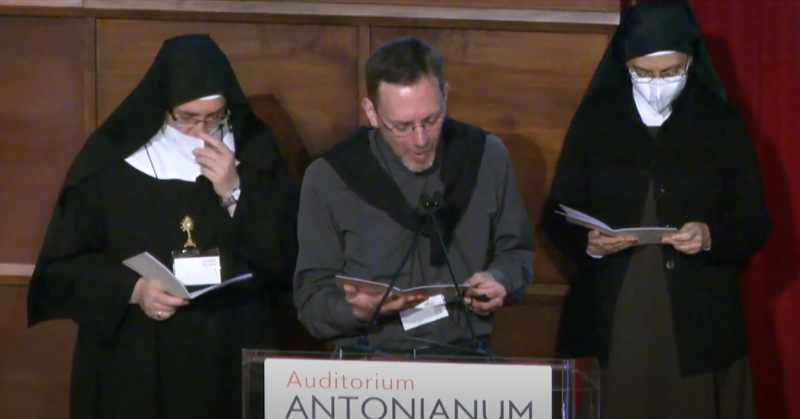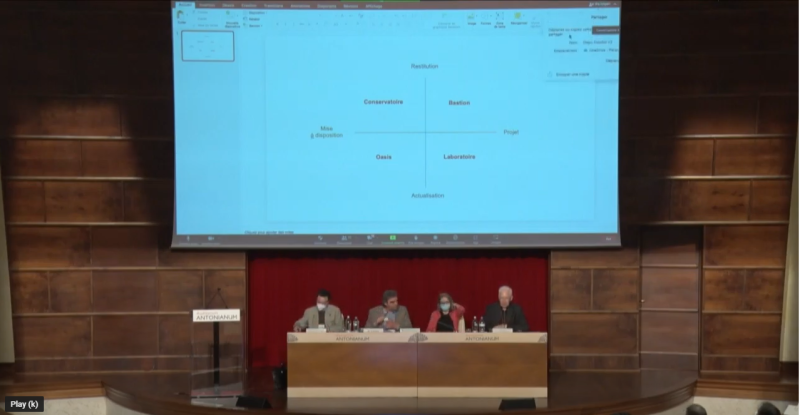On May 4-5, 2022, the Pontifical Council for Culture held a conference on charism and creativity at the Pontifical University Antonianum in Rome.
The conference tried to answer the question: what actions can be taken regarding the immense cultural heritage of communities of consecrated life today? At a time when communities of consecrated life have fewer members but can also take advantage of new technologies and possibilities, how can religious and their lay collaborators best manage the extraordinary cultural heritage of the Church? How can creativity and innovation align with the charism that shapes the life of the congregation?
There were some basic assumptions that were quite helpful in my opinion, as a lay collaborator:
“Charism is the real patrimony”. This is something to keep in mind as lay collaborators. If we are going to preserve or enhance a community’s religious patrimony, or innovate in relation to it (in my case, this patrimony is the historical archives), it is fundamental to keep in mind that this is not a “neutral” process. The patrimony is telling the story of the community’s charism, of how that same foundational charism has unfolded from the founder through time and through each individual religious, until us. Each document, picture, and book is telling us something about that charism.
Regarding the repurposing of a religious house, the connection with the community’s charism takes on another nuance, the sentiment of empathy. When a community is getting smaller, and the purpose cannot remain the same, what is the purpose or new experience that can be offered by that religious community? One word frequently came up regarding this: empathy. Empathy is what determines the relationship between a certain religious house and a certain place and it is determined by the charism of the community. In fact, religious cultural goods have sometimes been defined as “relational goods”, because they establish, narrate, and shape a relationship between the congregation and the world. For that reason, new ideas and new purposes must be infused with empathy and authenticity. To realize these new purposes, collaboration is very important: collaboration with local entities, with lay associations, with educational institutions and, of course, with lay staff.
In order to understand the charism and all that it brings, and to live that charism as a lay collaborator, I think it is necessary for us not just to know and understand the history of the congregation and its spiritual aspects, but to always be in an honest dialogue with the congregation and to encourage that dialogue. It is important to know where the congregation is going and how our professionalism can serve the charism’s purpose.
Different cases were presented, along with practical solutions, ideas, and different experiences from around the world, where religious and lay collaborators have found ways to manage, enhance and give new life and a new purpose to religious cultural heritage, such as archives, libraries, and historical buildings.
Click on the links below to see some examples of new uses of religious structures and new ways of looking at religious cultural heritage:
https://museosantateresa.org/home/
https://museocasadonbosco.org/
For more, go to the Charism and Creativity Conference website (in Italian)
- Federica Palumbo
Archivist for the General Archives of the Society of the Sacred Heart




